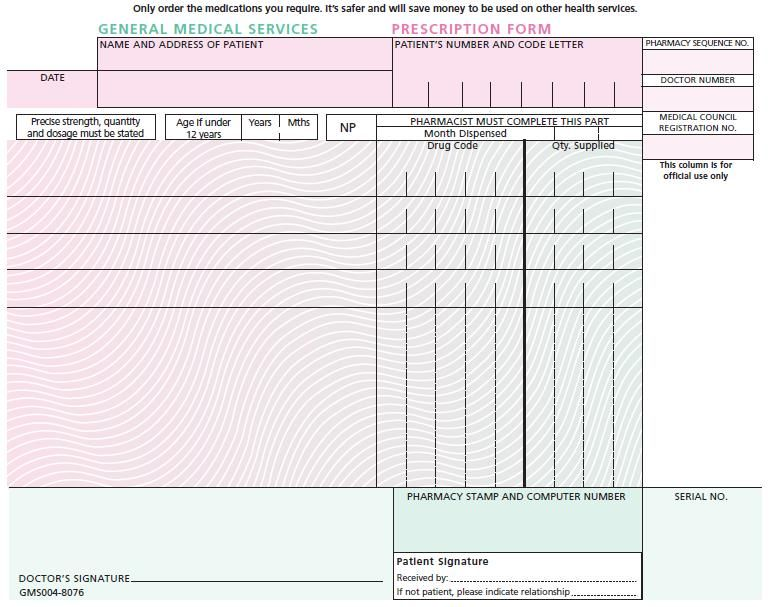Primary care reimbursement has become a pressing concern in the American healthcare system, exacerbated by increasing patient demand and a growing shortage of healthcare providers. This ongoing primary care crisis has sparked innovative initiatives aimed at streamlining funding and enhancing the quality of care. One such initiative, the ACO PC Flex model, aims to increase spending on primary care while incentivizing preventative care practices that can reduce hospital visits and long-term healthcare costs. By shifting toward a prospective payment approach, this model seeks to address the financial disparities that primary care practitioners face compared to specialists. The hope is that by enhancing primary care reimbursement, the system can foster a healthier population through more accessible and effective healthcare services.
The financial dynamics of primary healthcare practices are witnessing a significant transformation, particularly in light of evolving healthcare funding mechanisms. As discussions unfold around accountable care organizations (ACOs), alternative payment models are gaining traction in creating incentives for providers. This shift aims to address the historically low reimbursement rates for primary care by promoting preventative healthcare strategies and ensuring that physicians are adequately compensated. By adopting a prospective payment system, healthcare providers can allocate resources more effectively, ultimately contributing to better patient outcomes. As the healthcare landscape adapts, these changes become pivotal in steering conversations about the future of patient care and resource distribution.
Understanding the Primary Care Crisis in the U.S.
The primary care crisis in the U.S. has emerged from a convergence of factors, including an escalating demand for healthcare services and a chronic shortage of primary care physicians. With the population aging and chronic diseases on the rise, the need for accessible and effective primary care has never been more urgent. This crisis is compounded by the high volume of patients that primary care practitioners are forced to see daily, often at the expense of quality care. As large healthcare organizations prioritize volume-based reimbursement, practitioners face immense pressure to increase patient turnover rather than focusing on holistic and preventive care.
Additionally, the reimbursement landscape is skewed. Primary care physicians typically receive much lower reimbursements compared to their specialist counterparts, resulting in a misalignment of incentives that discourages a focus on comprehensive patient care. Health systems tend to favor quick, high-volume procedures over the thoughtful, preventive approaches that primary care requires. Consequently, without significant financial and structural changes, the primary care system risks further jeopardizing the health outcomes of millions who depend on it for essential services.
Frequently Asked Questions
What role does primary care reimbursement play in the current primary care crisis in the U.S.?
Primary care reimbursement is crucial in addressing the primary care crisis in the U.S. due to historically low payment rates for primary care doctors compared to specialists. This imbalance discourages practitioners from entering the field and impacts their ability to provide quality care. Recent initiatives, like the ACO payment model, aim to increase funding for primary care, incentivizing preventative care and improving patient outcomes.
How does the ACO payment model improve primary care reimbursement for physicians?
The ACO payment model enhances primary care reimbursement by shifting from traditional fee-for-service to a shared savings approach. Under this model, if providers keep costs below a specific threshold while maintaining high-quality care, they share in the savings. This incentivizes clinicians to focus on preventative care, ultimately leading to improved patient health and financial sustainability for primary care practices.
What is prospective payment and how does it impact primary care reimbursement?
Prospective payment refers to the model where primary care providers receive payments before services are rendered, based on expected patient needs. This approach significantly increases primary care reimbursement levels, allowing practices to invest in infrastructure and preventative care initiatives. By providing upfront payments, providers can better manage patient care and reduce hospitalization rates, consequently improving overall healthcare efficiency.
What are the expected benefits of increasing healthcare funding for primary care through initiatives like ACO PC Flex?
Increasing healthcare funding for primary care via initiatives such as ACO PC Flex is expected to enhance patient access to preventative care, reduce costly hospitalizations, and improve overall health outcomes. By implementing higher reimbursement rates, this initiative aims to alleviate the primary care crisis, enabling practitioners to spend more time with patients and focus on long-term health management.
Will the success of ACO PC Flex influence primary care reimbursement models beyond Medicare?
Yes, the success of ACO PC Flex could significantly influence primary care reimbursement models beyond Medicare. If the initiative successfully lowers overall healthcare costs and boosts patient outcomes, it may encourage commercial insurers to adopt similar payment structures for non-Medicare populations. Increased funding and improved reimbursement rates for primary care are vital for reducing disparities in care, especially for lower-income patients.
| Key Point | Details |
|---|---|
| Current Issues in Primary Care | Rising demand, shortage of doctors, low reimbursement rates compared to specialists, and pressure on clinicians to see more patients. |
| ACOs and Payment Innovations | Accountable Care Organizations (ACOs) incentivize high-quality, cost-effective care through shared savings. |
| ACOs PC Flex Initiative | New model providing prospective payments to enhance preventive care and reduce hospitalizations. |
| Goals of ACO PC Flex | Increased infrastructure for primary care, incentivization of preventative measures, and alignment of primary care payments with specialists. |
| Potential Impact | Success could influence all forms of primary care reimbursement, including Medicaid and commercial insurance. |
Summary
Primary care reimbursement is currently facing significant challenges, but initiatives like the ACO PC Flex program may offer promising solutions. By redefining payment structures to focus on preventative care and shared savings, this model aims to enhance the quality of primary care delivery while addressing financial sustainability. If successful, it has the potential to reshape how primary care is reimbursed, leading to better patient outcomes and a more effective healthcare system overall.










